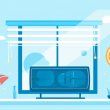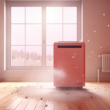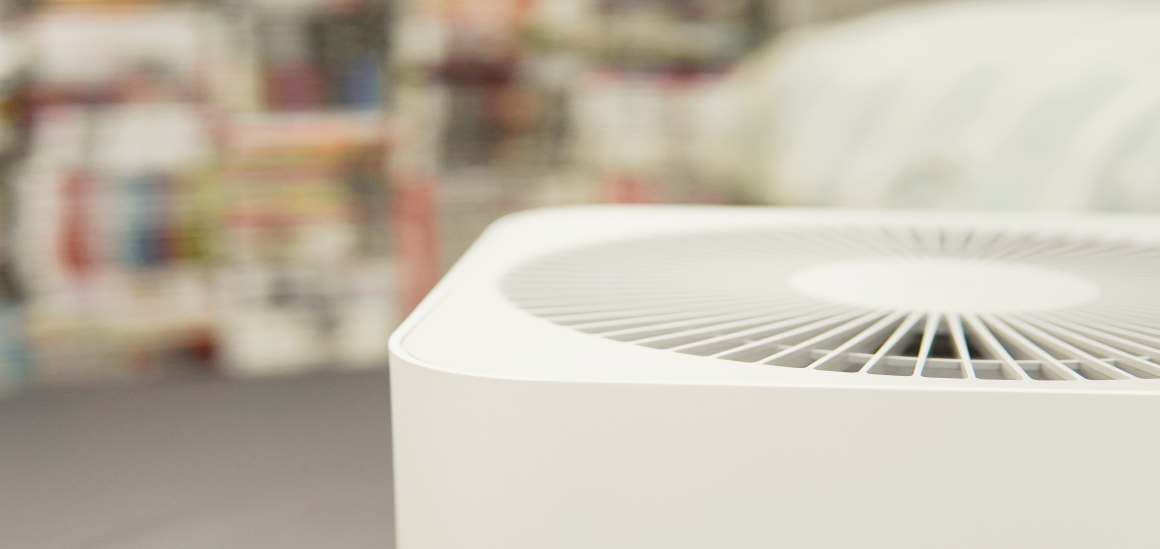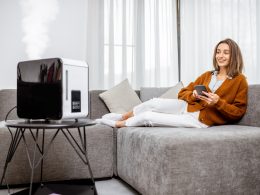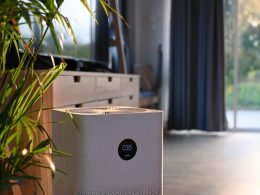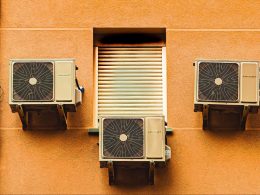Every once in a while, continuously or all of a sudden, we are reminded of the true gift that is good health. Though we usually take it for granted, there are moments when we genuinely try to hold on to good health with all that we’ve got. This is when we start caring about what we put in our bodies in terms of food, drink, and even air.
Every day, more and more people are finding out just how important clean air is and how to get to it — using appliances like air ionizers and ionic air purifiers. But are ionic air purifiers safe? Read on to find out.
Air Ionizers vs. Ionic Air Purifiers: What’s the Difference?
An “air ionizer” and an “ionic air purifier” are terms that are often used interchangeably, and while they do have some similarities, they don’t refer to the same thing. An air ionizer is a device that releases negatively charged ions (or anions) into the air. These anions attach themselves to positively charged particles in the air, which are usually different allergens, dust, smoke, etc., thus forming a heavier particle that will settle down on the surface of the objects instead of being up in the air in the room.
On the other hand, an ionic air purifier is a homeware appliance used to purify or filter out the air indoors again with the use of negatively charged ions, i.e., anions. The major difference between an air ionizer and an ionic air purifier is that an ionic air purifier draws air inside and charges the airborne particles, which then remain inside the appliance because of electrostatic attraction.
How Do Ionic Air Purifiers Work?
As we have already established, an ionic air purifier is a type of air purification device that utilizes negatively charged ions to purify the air. But how does that work, though? Once the appliance is on, the air is drawn in with the help of a fan inside the ionic air purifier. This air then goes through a couple of electrically charged plates. The first plate or electrode is negatively charged, and it passes this charge to the airborne particles that pass by it. The second plate is positively charged and attracts the now negatively charged airborne particles because they have opposite charges. Ultimately the pollutants remain inside the ionic air purifier, and the clean air is released back into the room. And because the pollutants are stuck inside, the electrostatic collection plates need to be cleaned every once in a while to ensure the ionic air purifier keeps working.
What Are the Types of Ionic Air Purifiers?
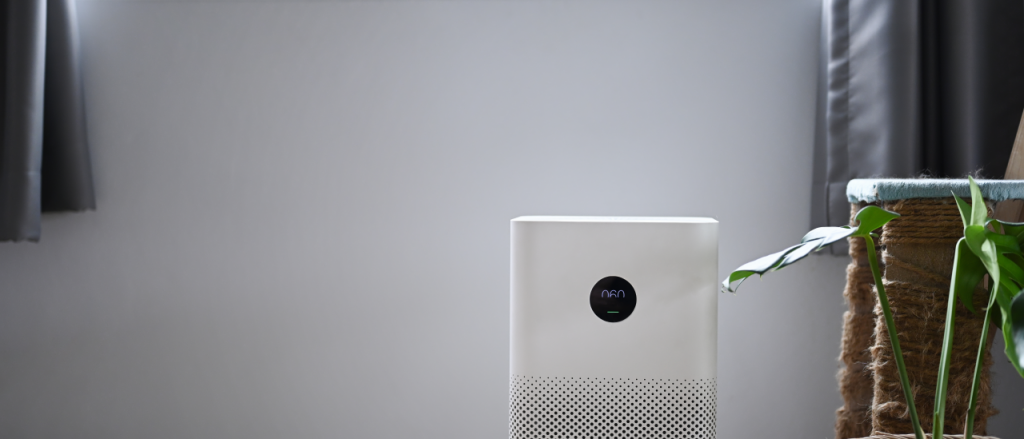
You can find two types of ionic air purifiers on the market: electrostatic precipitators and ion generators:
Electrostatic Precipitators
An electrostatic precipitator is a type of ionic air purifier that uses two electrodes: one positively and the other negatively charged. As we explained above, the dust and other airborne particles remain next to the electrodes, which then have to be washed or cleaned to keep the ionic air purifier efficient.
Ion Generators
An ion generator is a type of air purifier, at least to some extent, as they simply release anions into the air. These particles might attach to walls, carpets, or the surface of any object in the room. This means that while the airborne particles might be neutralized by the anions and forced to settle down, they still remain on the surface of things.
What Are the Benefits of Ionic Air Purifiers?
Now that you know what ionic air purifiers do and how they work, you might be wondering if there are any benefits to using such a device. There are several benefits to using an ionic air purifier, and here are some of them:
- May restrain viruses and bacteria
- Decreases stress levels
- Improves sleeping pattern
- May increase immune function
- Improves mood and decreases irritability
Are Ionic Air Purifiers Safe?
There is a reason why people are still asking this question, and that is the lack of research that would settle this matter once and for all. The main issue that has sparked this debate in the first place is the emission of ozone from air ionizers and how harmful that ozone is.
Ozone Emission from Ionic Air Purifiers
Ozone is a gas that naturally exists in the atmosphere but is also emitted from ionic air purifiers. The ozone released from the ionic air purifier fights off viruses and bacteria but can also be harmful to us as human beings, especially those that have respiratory problems. This is because once we inhale it, it can cause lung inflammation so much that it may result in symptoms like coughing, chest pain, and shortness of breath for people with respiratory conditions.
The FDA (Food and Drug Administration) has set the limit on how much ozone can devices as air purifiers emit without being harmful. Therefore devices that emit more than 0.05 ppm (parts per million) of ozone are not allowed to be sold. However, that amount of ozone might still be harmful to people with respiratory conditions.
Potential Side Effects of Ionic Air Purifiers
Even small amounts of ozone can cause irritation in the lungs for people with respiratory conditions and other symptoms. These symptoms include:
- Throat irritation
- Coughing
- Chest pain
- Shortness of breath
- Increased risk of respiratory infections
The Bottom Line
There are several benefits to using an ionic air purifier to purify the indoor air in your home. There is still some controversy as to how safe they actually are due to their ozone emission. If you can’t shake off the doubt and can’t bring yourself to use an ionic air purifier, there are always other alternatives to having clean air in your home, and one of them is a True HEPA filter air purifier.



